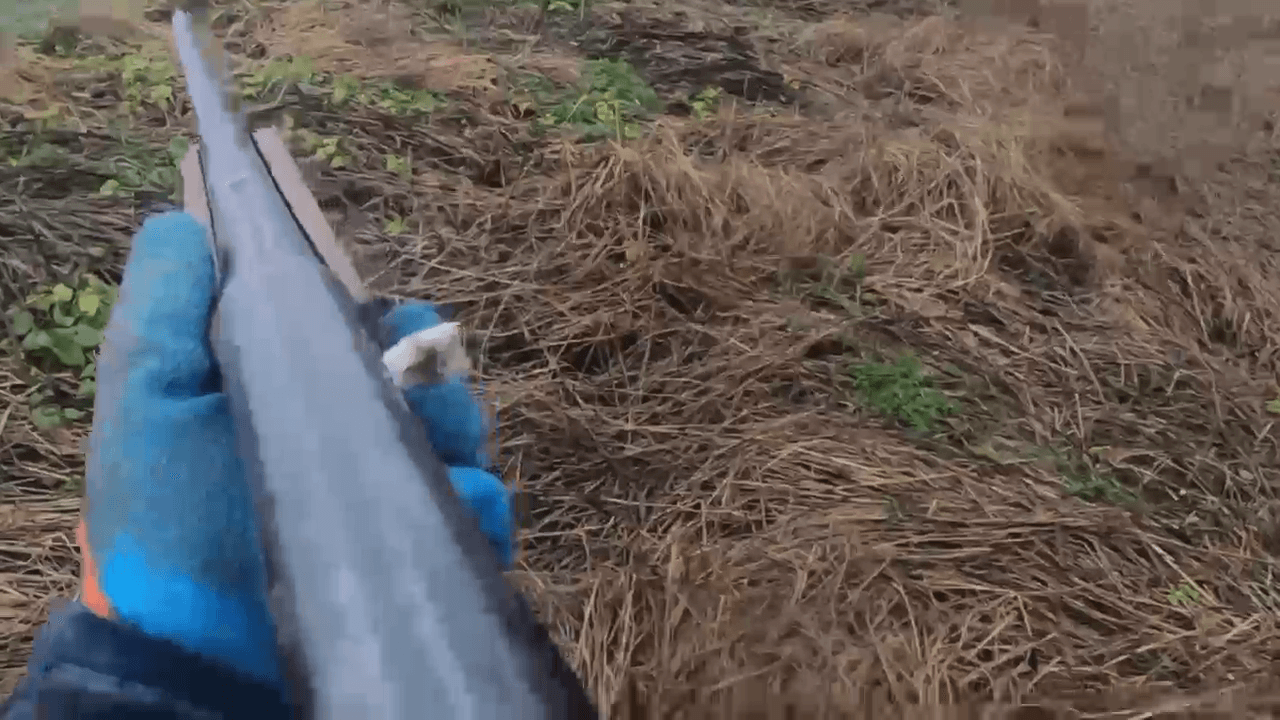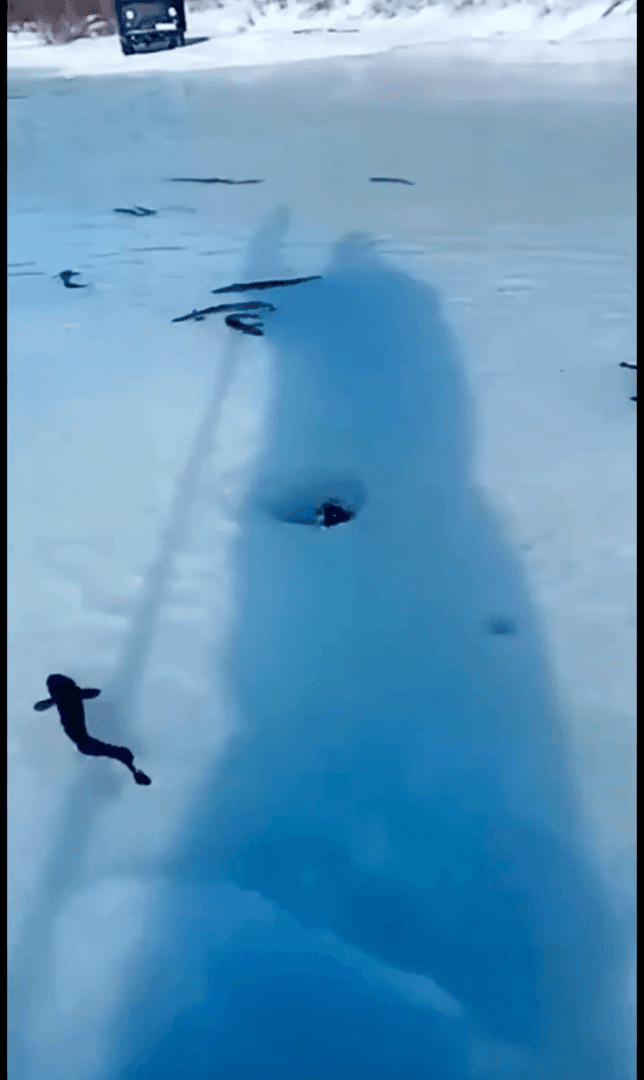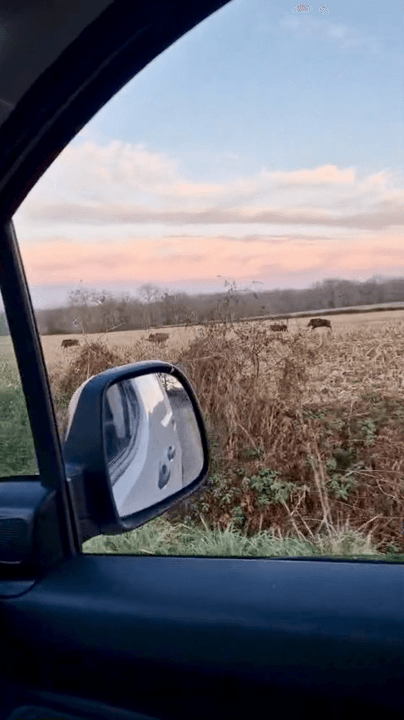
Wolf Hunting in Belarus: A Hunter's Guide Belarus. The land of forests and marshes holds a predator many hunters respect and, frankly, need to manage: the wolf. Hunting wolves here isn't just a sport; it's vital for protecting livestock and maintaining a healthy balance in the ecosystem. This guide will give you the straight dope on how we chase these cunning beasts in Belarus. Why Hunt Wolves in Belarus? Predator Control: Let's be clear, wolf populations need to be managed. They impact deer, elk, and livestock, and responsible hunting helps keep everything in check. The Challenge: Outsmarting a wolf is a serious test of your hunting skills. They're intelligent, wary, and adaptable. The Trophy: A wolf pelt is a tangible reminder of a hard-earned hunt. It's a symbol of respect for the animal and your own abilities. Wolf Hunting in Belarus: Distinct Characteristics Wolves in Belarus can be distinguished by these characteristics. Size: Belarusian wolves are often large, with males
Post: 9 March 00:01
































